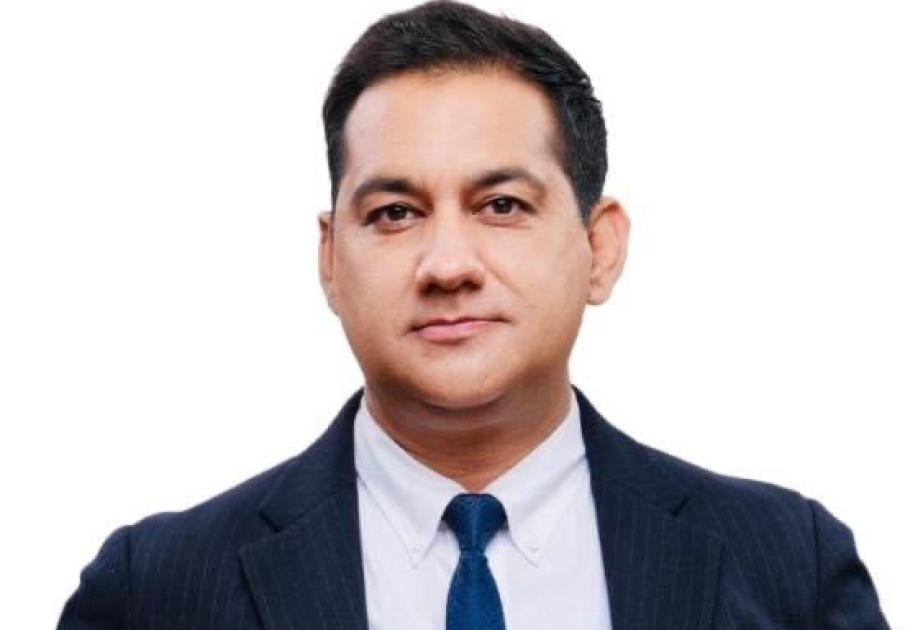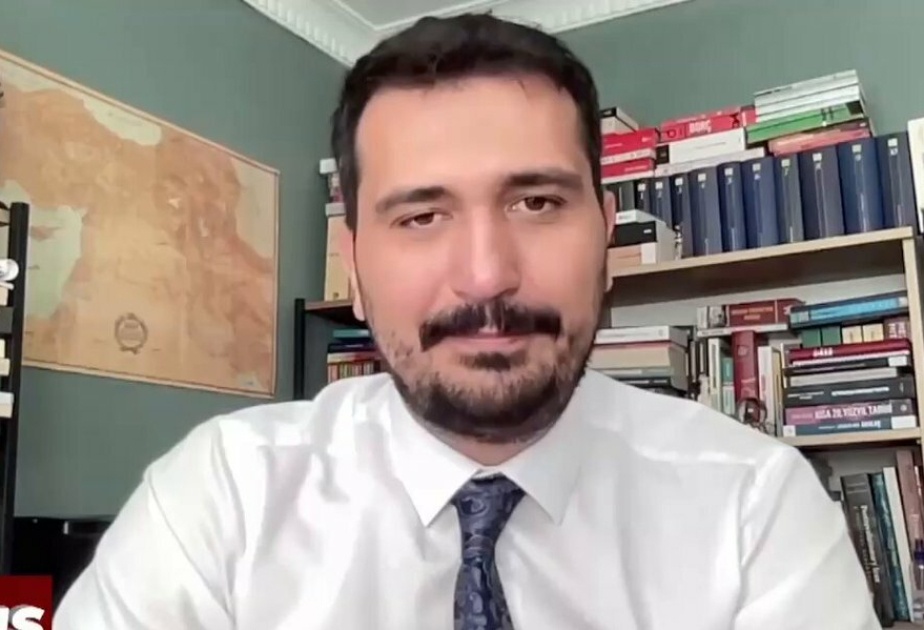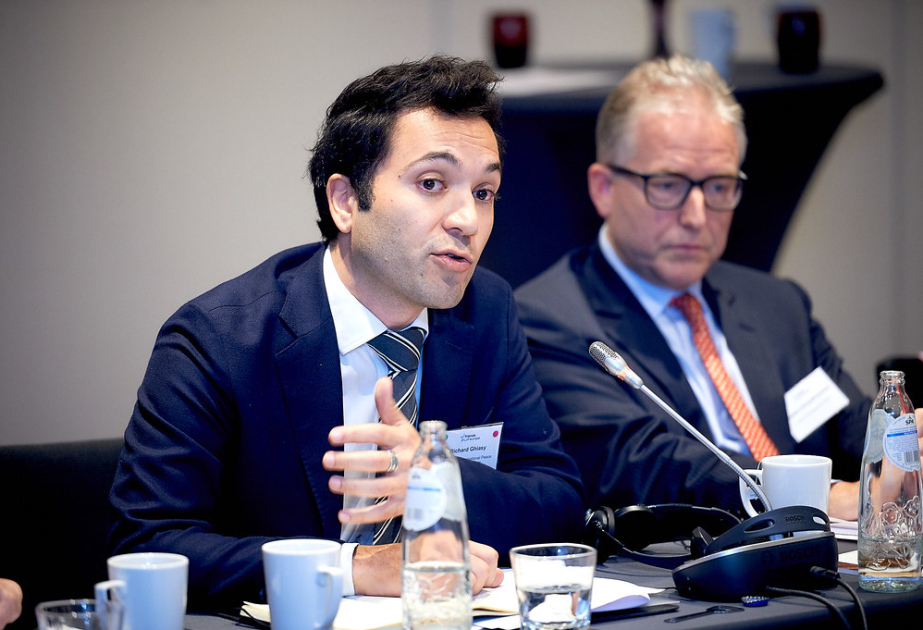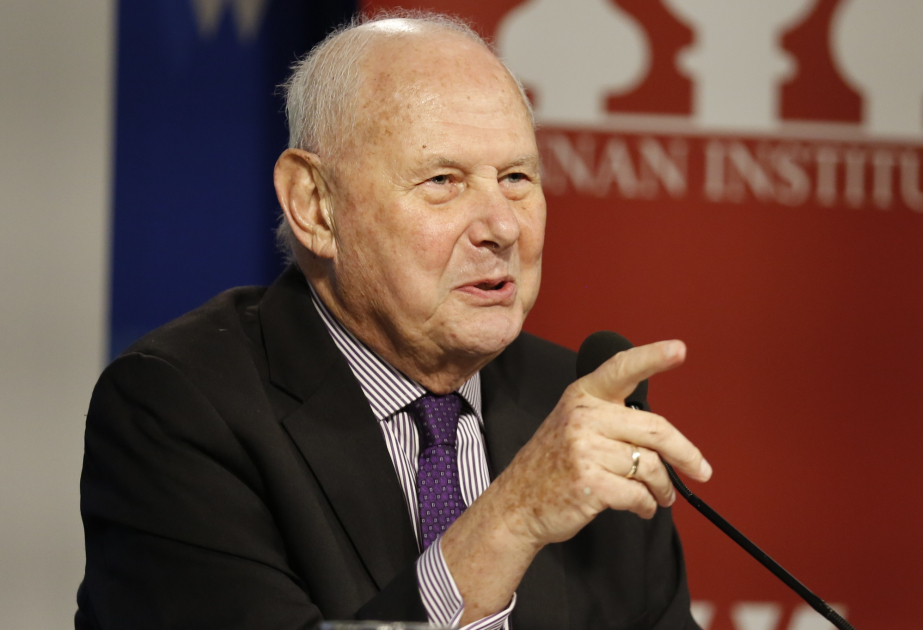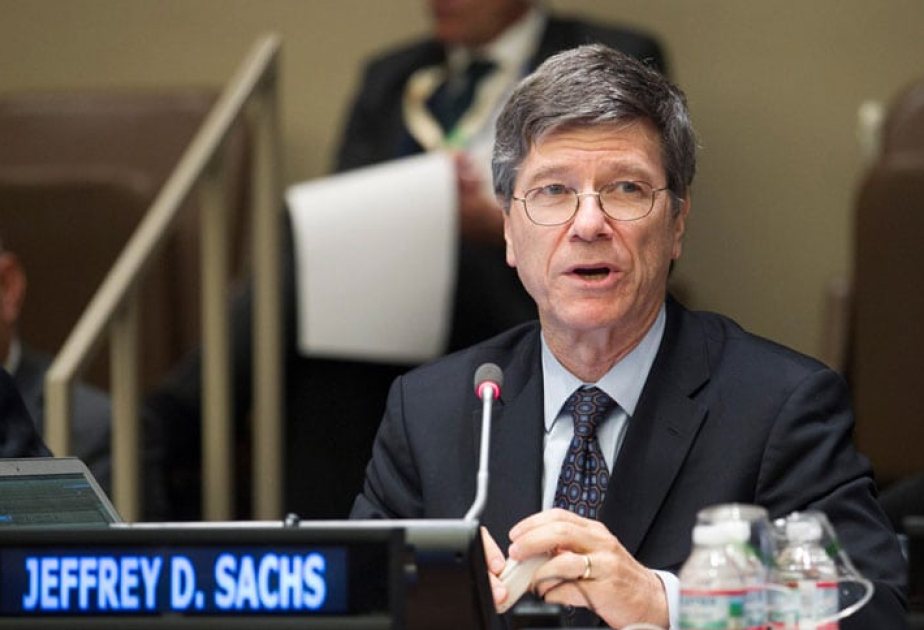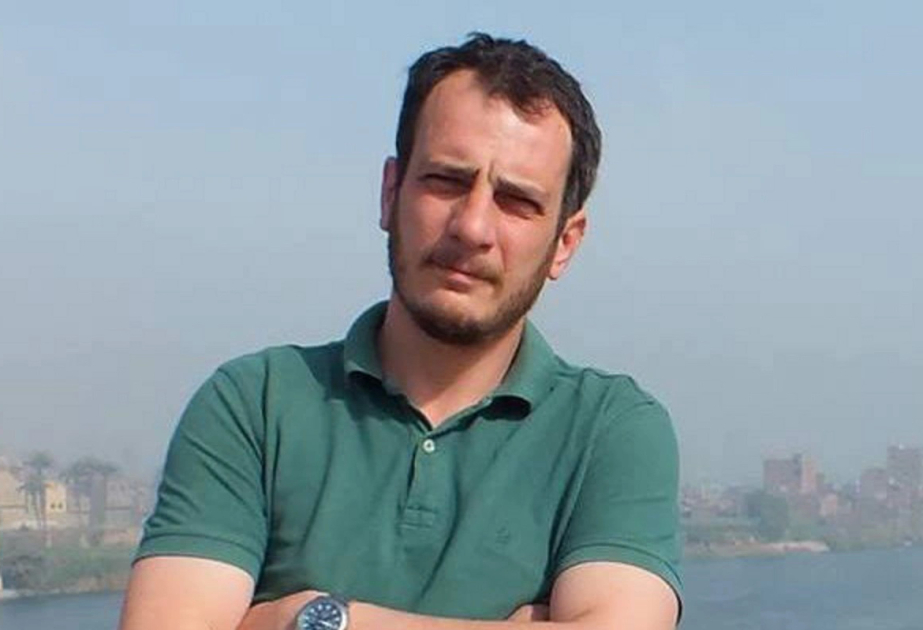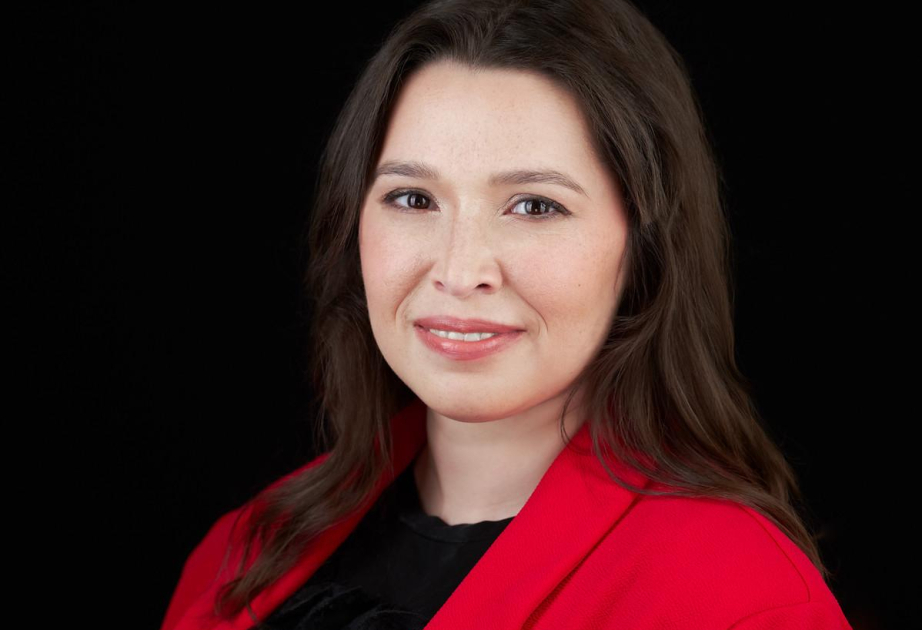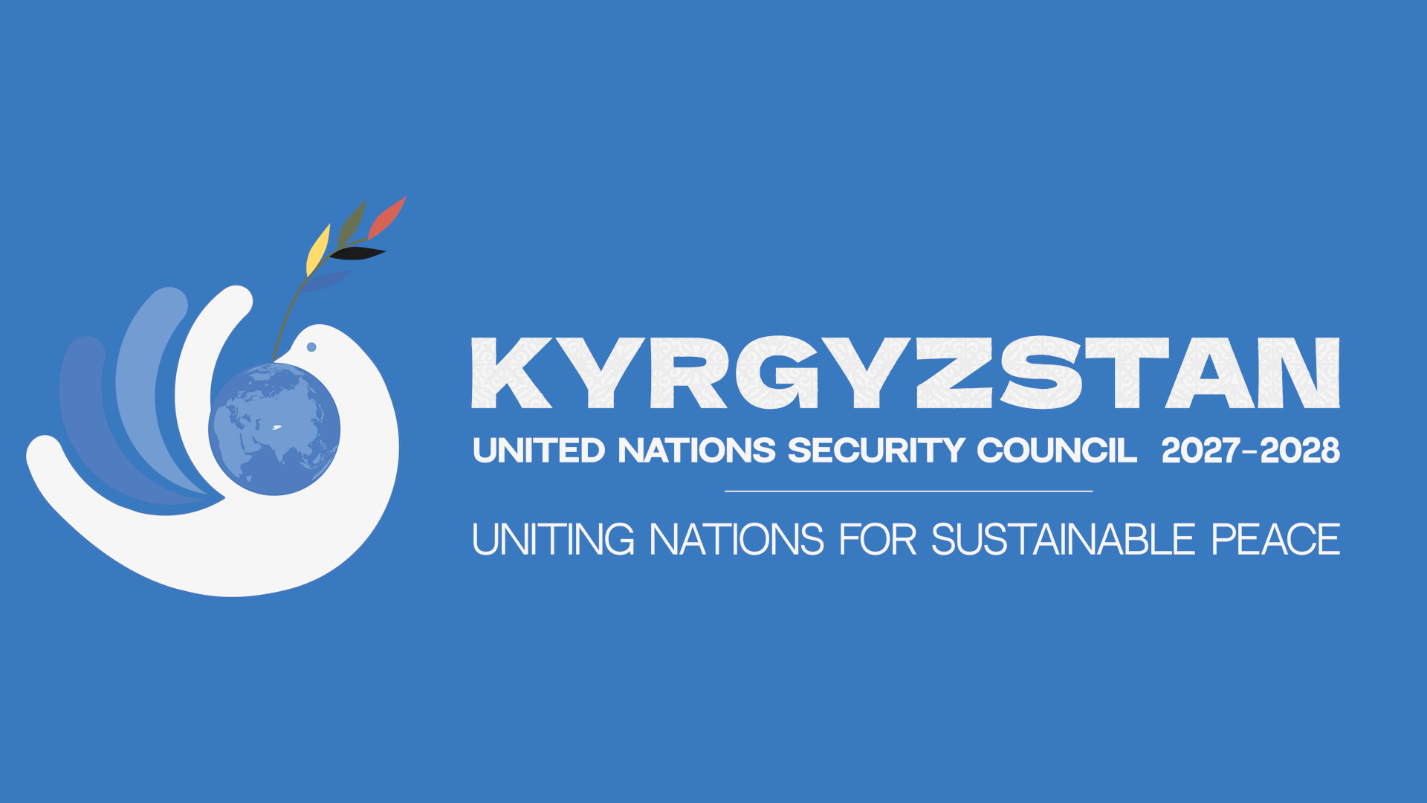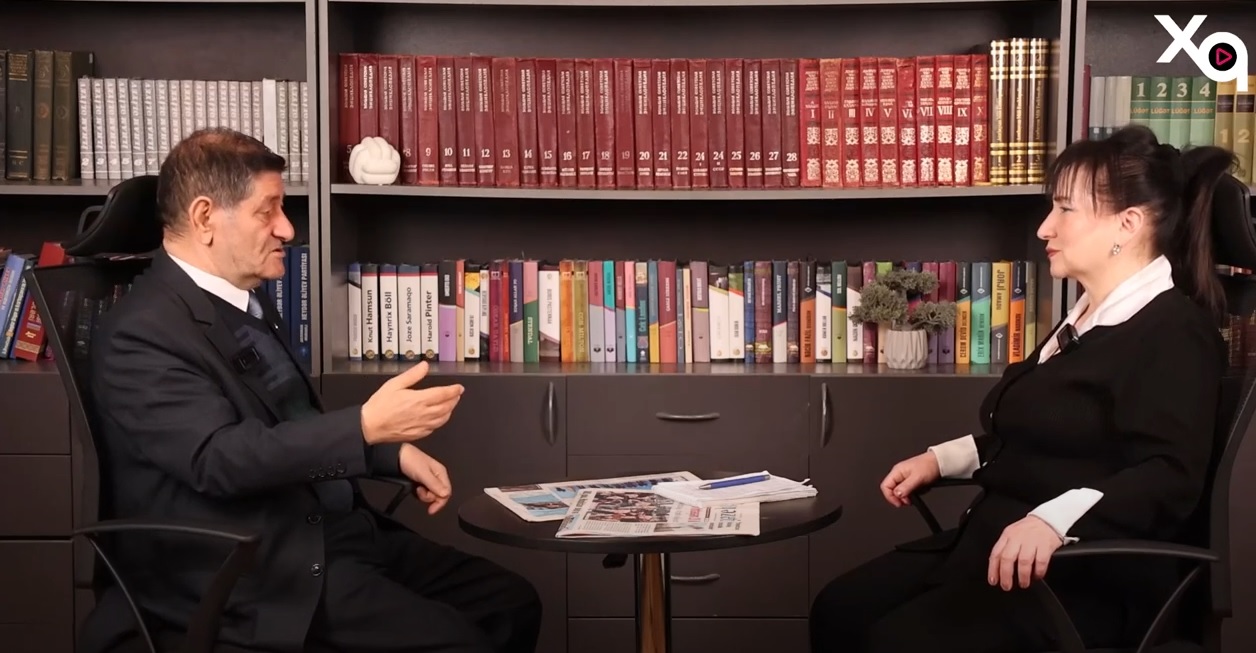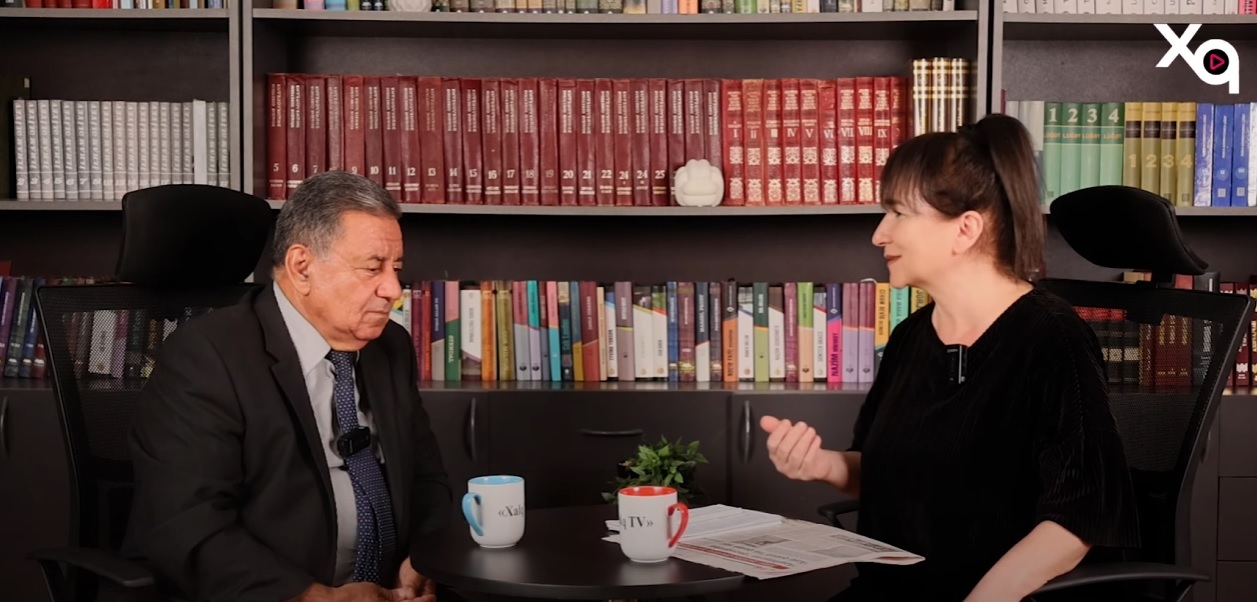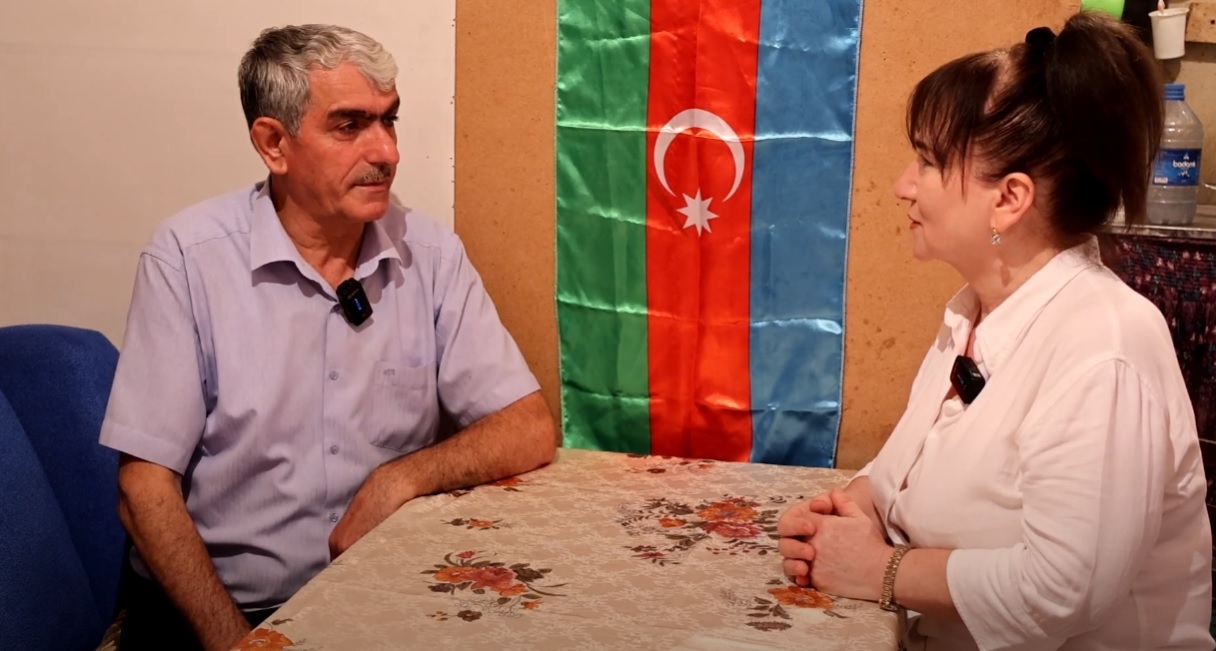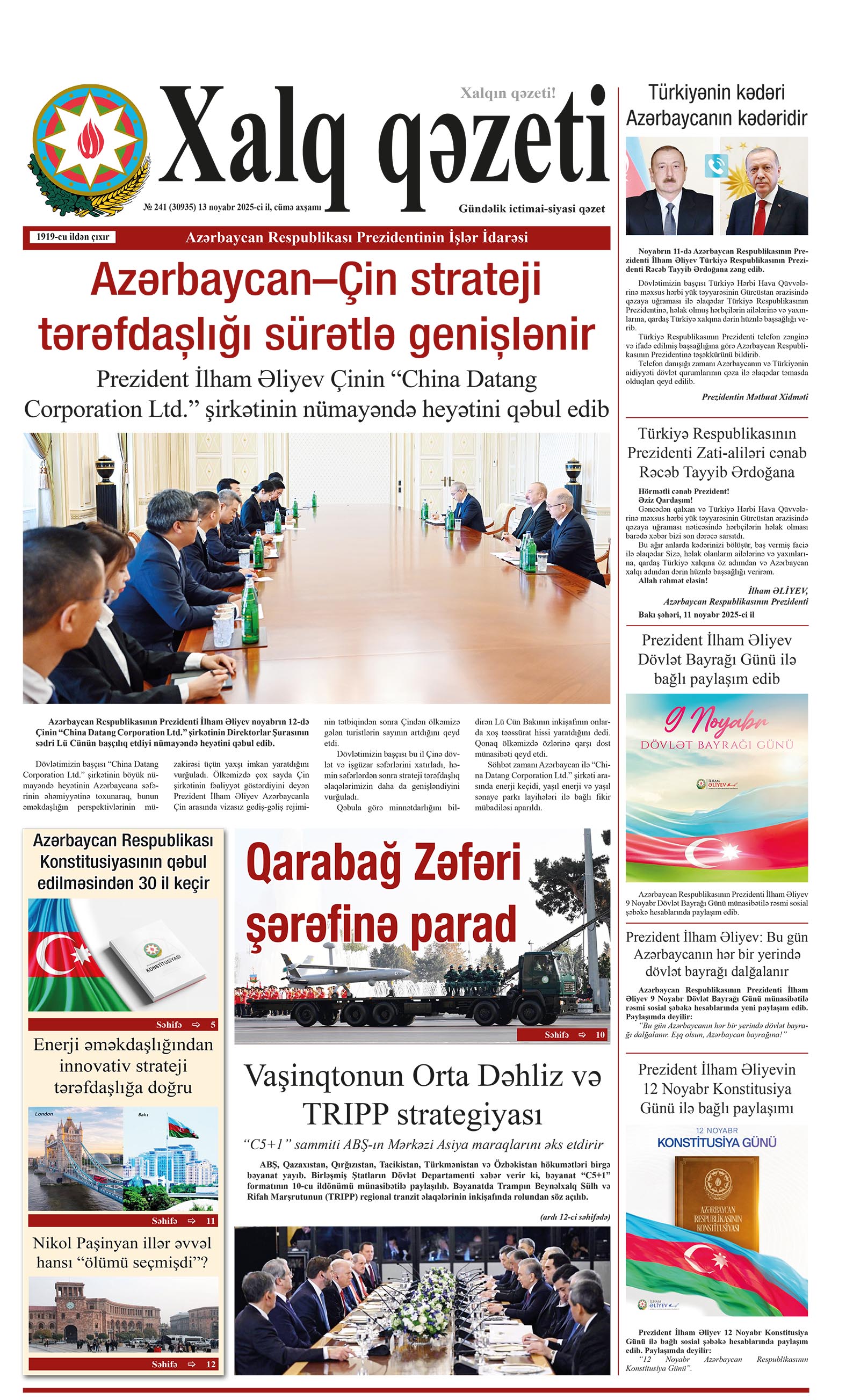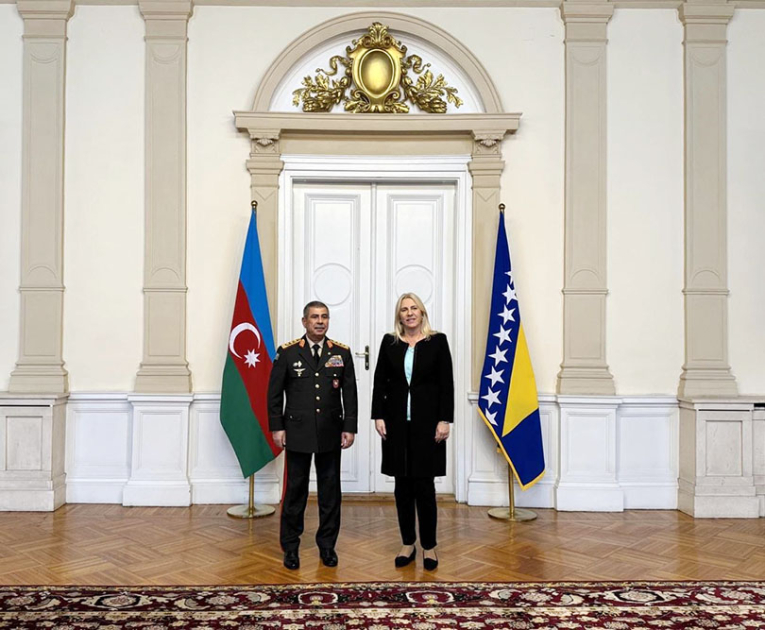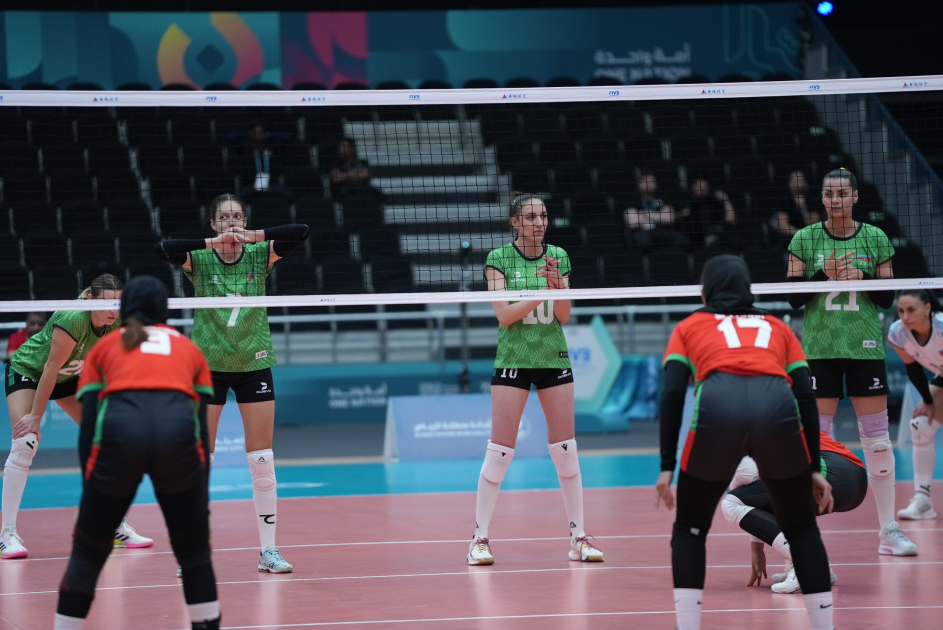AZERTAC presents an interview with Pakistani expert Dr. Yasir Masood. He holds a PhD in International Relations. His areas of expertise include Pakistan’s foreign policy, the Belt and Road Initiative (BRI), the China–Pakistan Economic Corridor (CPEC), Indo-Pacific and South Asian geopolitics, China–US relations, and Chinese foreign policy.
- How do you assess the economic cooperation potential among Azerbaijan, Türkiye, and Pakistan within the Eurasian transport and logistics framework?
- The potential is substantial. This trilateral partnership aligns closely with Pakistan’s strategic goal of diversifying trade routes, strengthening our regional influence, and reducing reliance on traditional maritime corridors. The emerging Eurasian transport architecture—through projects like China’s Belt and Road Initiative (BRI), the Lapis Lazuli Corridor, and the Middle Corridor (Trans-Caspian Route)—creates the necessary infrastructure and political momentum for deeper integration.
Historically, our ties with both Türkiye and Azerbaijan are rooted in shared culture, religion, and mutual support on issues like Kashmir and Karabakh. The Islamabad Declaration (2021) and Baku Declaration (2021) have laid a strong institutional foundation for cooperation in trade, transport, energy, and investment.
Pakistan and Türkiye aim to boost bilateral trade to $5 billion, and the trilateral format can help extend this ambition to Azerbaijan. Coordinated development of transport corridors, such as linking China–Pakistan Economic Corridor (CPEC) to Caspian ports and Turkish railways, can significantly reduce transit times and costs. Azerbaijan’s role as an energy supplier—especially LNG—can help address Pakistan’s energy deficit.
However, challenges remain. Infrastructure gaps, customs disparities, and regional instability, especially in Afghanistan, are key obstacles. Yet, the political will across the trilateral format gives us confidence that these can be overcome through policy coordination and investment.
- Can the integration of the Lapis Lazuli Corridor with the Trans-Caspian (Middle) Corridor become a reality for Pakistan?
- Absolutely. It’s not only realistic but strategically critical for Pakistan. The Lapis Lazuli Corridor, launched in 2018, connects Afghanistan to Europe via Turkmenistan, Azerbaijan, and Türkiye. The Middle Corridor, meanwhile, runs from China through Central Asia to Europe via the Caspian Sea. Both corridors converge in Azerbaijan, making integration geographically feasible.
For Pakistan, this means access to European markets through a land-based, secure, and relatively fast route—bypassing congested sea routes and politically volatile neighbors. Linking these corridors to CPEC infrastructure can transform Pakistan into a bridge between South Asia and Europe.
That said, implementation requires addressing infrastructural and bureaucratic barriers: outdated Afghan transport infrastructure, limited ferry capacity across the Caspian, inefficient customs, and complex visa regimes. There is also the persistent challenge of political instability in Afghanistan.
Still, Azerbaijan has already shown leadership by facilitating trilateral transport cooperation with Afghanistan and Turkmenistan. Combined with Türkiye’s logistics capabilities and Pakistan’s infrastructure through CPEC, this integration is well within reach.
- How do you view Azerbaijan’s role as a regional bridge in this trilateral partnership?
-Azerbaijan plays a pivotal role. Geographically, it sits at the intersection of Central Asia, South Asia, and Europe, with access to key markets via the Caspian Sea and Türkiye. Its ports, railways, and energy pipelines—such as the Baku-Tbilisi-Ceyhan and Southern Gas Corridor—make it an indispensable transit hub.
From Pakistan’s perspective, Azerbaijan enhances our access to Central Asian and European markets. Diplomatic alignment also plays a role—Azerbaijan has consistently supported Pakistan on Kashmir, and we stand with them on the Karabakh issue. This shared political outlook strengthens our trilateral cooperation.
Culturally, Azerbaijan shares a Turkic identity with Türkiye and growing ties with Pakistan, opening the door to deeper cultural, educational, and business engagement. In short, Azerbaijan is not just a geographic bridge, but also a diplomatic and energy bridge in our regional strategy.
- What opportunities do you see for Pakistan in Caspian energy projects involving Azerbaijan and Türkiye?
-The opportunities are significant. Azerbaijan is a major energy producer, and Türkiye serves as a strategic transit hub. For Pakistan, which faces chronic energy shortages, participation in Caspian energy logistics offers both immediate and long-term benefits.
Firstly, logistics companies from Pakistan can offer services in transportation, warehousing, and engineering, especially given our CPEC-related expertise. Secondly, SOCAR’s planned supply of 700,000 tons of LNG to Pakistan in 2024 is a concrete step toward bilateral energy trade. Pakistani firms can participate in import, distribution, and even joint ventures.
There’s also potential for cooperation in electricity supply and renewable energy. While that’s a longer-term goal, Türkiye’s capabilities in renewables and Azerbaijan’s hydropower potential can one day feed into a regional grid that includes Pakistan.
Moreover, our IT and engineering sectors can contribute digital solutions for energy management and logistics optimization. Overall, this is a promising area that aligns directly with Pakistan’s energy security strategy.
- Could this trilateral format contribute to collective crisis response, especially during regional economic or humanitarian emergencies?
-Yes, I believe this is one of the most underexplored but critical aspects of the trilateral framework. Regional instability—especially in Afghanistan and the Middle East—demands coordinated crisis response. The Azerbaijan-Türkiye-Pakistan axis is well-positioned to act collectively.
In food security, Pakistan can be a reliable supplier of wheat and rice, especially during supply shocks. Energy security can be reinforced by Azerbaijani LNG and Turkish renewables. During economic downturns or geopolitical tensions, trilateral trade initiatives can offer jobs and stability.
Moreover, the trilateral format supports humanitarian cooperation. Türkiye has deep experience managing refugee flows, Azerbaijan offers logistical capacity, and Pakistan has extensive field experience in disaster relief. Together, they can offer a rapid and coordinated response to crises—be it natural disasters, energy disruptions, or economic shocks.
- What is your overall assessment of the trilateral partnership’s prospects and its relevance to Pakistan’s strategic goals?
- From a Pakistani strategic standpoint, this trilateral partnership is immensely promising. It complements our goals of regional integration, energy security, trade diversification, and geopolitical relevance. By connecting CPEC with Eurasian transport networks like the Lapis Lazuli and Middle Corridor, we are not just trading goods—we are reshaping regional connectivity.
Azerbaijan acts as the linchpin in this vision, while Türkiye provides the European gateway. If the three countries can align their infrastructure, harmonize policies, and invest strategically, this partnership can be transformative—not just for us, but for the entire Eurasian region.
As a senior Pakistani commentator, I remain optimistic. This alliance can foster prosperity, improve regional resilience, and serve as a model of effective trilateral diplomacy and development.


